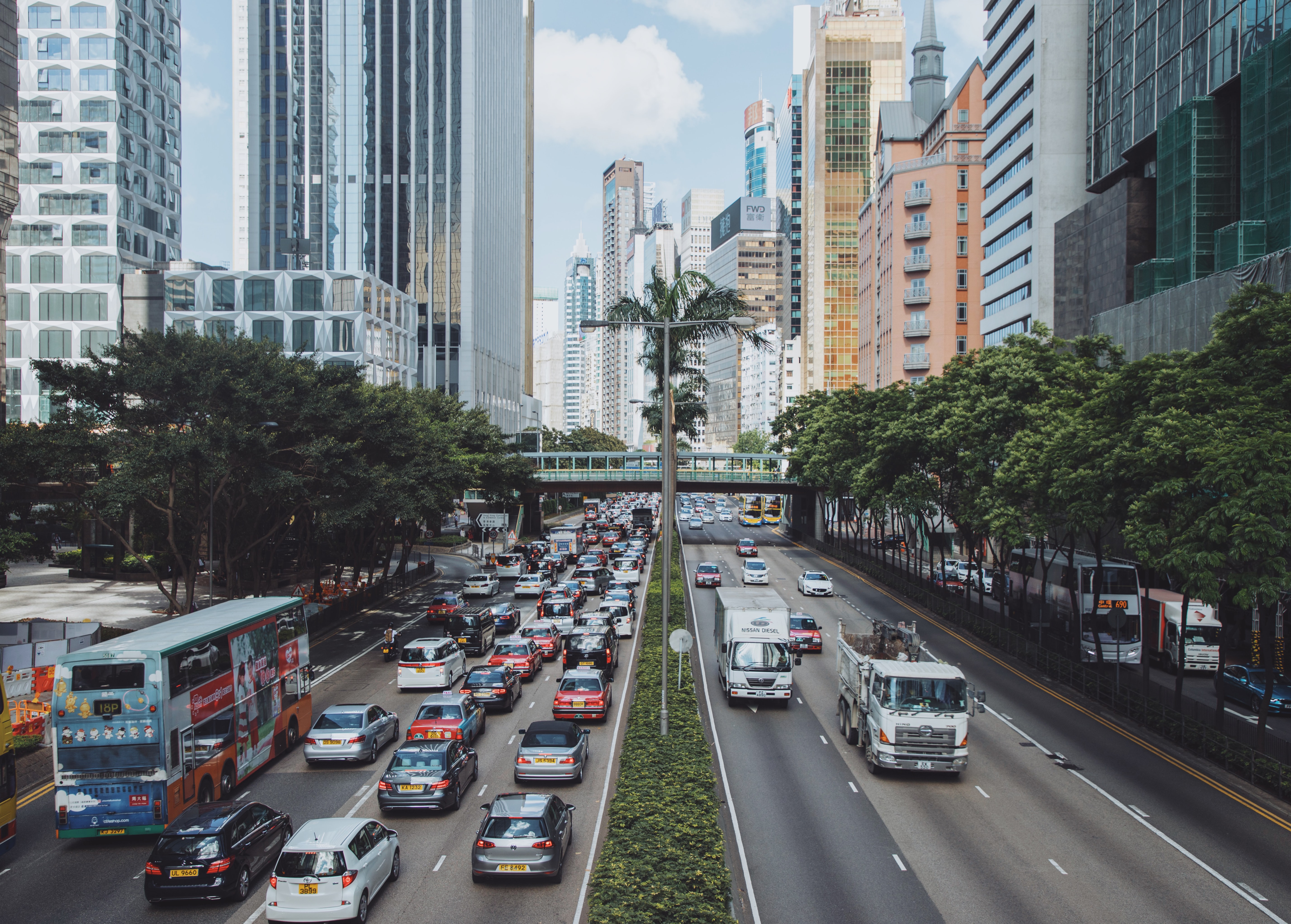Sustainable Transportation for the 21st Century
Shifting toward sustainable transportation will be necessary for combating global climate change. Climate scientists have ideas for making it happen.
Shifting toward sustainable transportation will be necessary for combating global climate change. Climate scientists have ideas for making it happen. This article was published in the July-August 2021 issue of NewsNotes.
Reliable transportation is essential for modern life, connecting people to jobs and services, access to markets, and promoting social and economic development. However, the transportation sector plays a significant role in driving climate change.
According to the World Bank, the global transportation sector accounts for 64 percent of global oil consumption, 27 percent of all energy use, and 23 percent of the world’s energy-related carbon emissions. Creating options for sustainable, carbon negligible transportation will be key for building a green global economy.
The UN Advisory Group on Sustainable Transport defines sustainable transport as “the provision of services and infrastructure for the mobility of people and goods in a manner that is safe, affordable, accessible, efficient and resilient, while minimizing carbon and other emissions and environmental impacts.”
The need to transition the transportation sector away from fossil fuel consumption has been on the international agenda for almost 50 years but is only recently starting to gain some momentum. In a new paper on sustainable transportation for the International Institute for Sustainable Development, American climate researcher Leila Mead traces the first international discussion of the need to mitigate the transportation sector’s role in global warming back to the 1972 UN Conference on the Human Environment. At that time, the global population was only 3.8 billion and global leaders were just starting to recognize the threats caused by climate change.
In the fifty years since, the topic has picked up momentum on the international stage, culminating in the Sustainable Development Goals for 2030, which include numerous targets for sustainable and inclusive transportation. Within the SDGs, sustainable transport is not only a climate-related goal but a means to gaining ground on a variety of development goals, especially poverty reduction. Poverty reduction, improved health outcomes, and social development are all related to sustainable, accessible transportation.
Mead highlights what she considers the most promising solutions for sustainable transportation around the world. For one, she explains the promise of what are called Bus Rapid Transport (BRT) systems, such as the new system in Jakarta, Indonesia. The Jakarta bus system is the largest in the world, carrying one million people per day in a city of ten million. The BRT buses run in designated lanes unimpeded by vehicular traffic and connect to smaller systems of transport that serve neighborhoods located along narrow roads. They are highly reliable and efficient – ideal for urban areas. Given that the global urban population is expected to grow from 55 percent to 68 percent by 2050, she predicts other cities will want to learn from the Jakarta model.
Mead also highlights initiatives that invest in non-motorized transport in urban areas, such as walking infrastructures and bike share programs. Some cities, like Buenos Aires, Argentina, have restructured their roads to promote both rapid bus transportation and pedestrian access with great success. In Lviv, Ukraine, a complete street redesign improved cycle lanes, making it possible for public transit users to commute to bus stations by bicycle rather than by car.
Mead names improving vehicle efficiency as another necessary step. She highlights a successful initiative in Egypt, where a vehicle recycling program allowed taxi drivers to exchange their old vehicles for new, efficient ones at a significant discount. About 45,000 taxies were recycled and reissued as of 2018, resulting in 350,000 tons of emissions reductions.
In the United States, transforming domestic infrastructure to allow for a shift towards sustainable transportation has proven to be both a logistical and political challenge. According to the Rhodium Group, an independent research center specializing in climate policy, transportation accounts for one third of total U.S. greenhouse gas emissions. Many U.S. cities are heavily reliant on car transportation, and in many places, the COVID-19 pandemic has served to make public transportation even less popular.
However, the Biden administration has declared its intent to invest heavily in sustainable infrastructure and has also said it will strengthen vehicle efficiency standards. Climate analysts writing for The New York Times say that the biggest changes need to come from Congress, which has an opportunity to make headway on sustainability reforms when the current round of federal highway spending expires this year.
Former UN Secretary General Ban-Ki Moon notably said that the answer to our modern transportation challenges is not less transport but rather sustainable transport: “[…] we need more systems that are environmentally friendly, affordable and accessible,” he said in 2016, noting that it has to meet the needs of those who have the least. “When it does, we can bridge more than physical distances; we can come closer as one human family.” As the world pursues a just recovery from COVID-19, sustainable transport must remain high up on the agenda.
Photo available on Unsplash.

